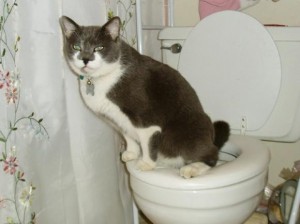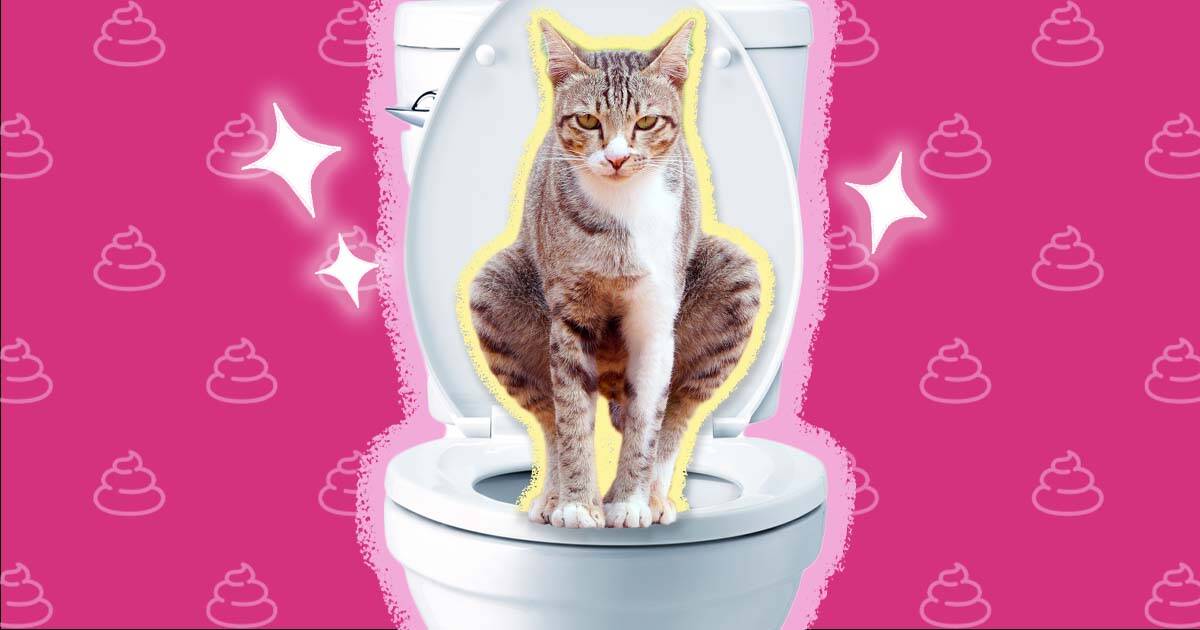Crucial Reasons Why Animal Waste Should Never Be Flushed Down the Toilet
Crucial Reasons Why Animal Waste Should Never Be Flushed Down the Toilet
Blog Article
Just how do you actually feel in regards to Should you flush animal waste down the toilet?

When it concerns taking care of waste, particularly animal waste, many individuals frequently resort to the convenient choice of flushing it down the commode. Nevertheless, this apparently easy service can have serious effects for the setting and public health. In this short article, we'll check out why flushing animal waste down the toilet is a negative concept and offer alternate techniques for correct disposal.
Intro
Correct garbage disposal is important for maintaining environmental sustainability and public health. While it might appear safe to flush animal waste down the commode, it can lead to various concerns, both for the environment and human health.
Threats of flushing pet waste
Ecological influence
Purging pet waste presents dangerous bacteria and virus into rivers, which can adversely impact water ecosystems. These pathogens can infect water resources and damage aquatic life, interfering with delicate ecosystems.
Public health concerns
Pet waste includes damaging bacteria such as E. coli and Salmonella, which can present major health risks to human beings. Flushing pet waste down the toilet can infect water supplies, bring about the spread of illness and infections.
Alternatives to flushing
As opposed to flushing animal waste down the commode, there are a number of different disposal techniques that are extra eco-friendly and sanitary.
Composting
Composting animal waste is an environmentally friendly method to get rid of it. By composting, organic click here matter is broken down right into nutrient-rich soil, which can be made use of to fertilize gardens and plants.
Landfill disposal
Disposing of animal waste in a garbage dump is an additional choice. While not as environmentally friendly as composting, it is a safer option to flushing, as it avoids the contamination of water sources.
Family pet waste disposal systems
There are customized animal garbage disposal systems offered that securely and hygienically dispose of pet waste. These systems frequently utilize enzymes to break down waste and remove odors.
Steps to correct pet waste disposal
To guarantee appropriate disposal of pet waste, comply with these actions:
Scooping and landing waste
Frequently scoop and bag pet waste utilizing eco-friendly bags. This prevents waste from contaminating the environment.
Using designated waste bins
Dispose of bagged animal waste in designated waste bins, such as garden compost containers or garbage dump bins. Avoid flushing it down the toilet at all prices.
Cleaning can and pet dog areas frequently
Routinely tidy can and animal locations to avoid the buildup of waste and bacteria. Usage pet-safe cleansing products to preserve hygiene.
Advantages of proper disposal approaches
Adopting correct disposal methods for pet waste provides numerous benefits:
Minimized environmental pollution
Proper disposal techniques minimize the danger of environmental pollution, safeguarding rivers and environments from contamination
Reduced risk of water contamination.
By staying clear of flushing animal waste down the commode, the threat of water contamination is significantly minimized, securing public health.
Boosted cleanliness and hygiene
Proper disposal methods promote better sanitation and hygiene, producing a much safer atmosphere for both humans and pets.
Verdict
In conclusion, flushing pet waste down the bathroom is damaging to the setting and public health. By adopting alternative disposal methods and adhering to correct waste administration practices, we can minimize the adverse impact of pet waste and contribute to a cleaner, much healthier planet.
What To Do With Dog Poo – The Do's And Don'ts Of Disposing Of Faeces
Dog poo bins
Some councils provide dedicated dog waste bins in popular dog-walking areas that can take dog poo that has been bagged but you can legally dispose of dog waste in any public litter bin, as long as it is securely bagged. This also applies to your wheelie bin at home.
Do not flush
Water companies do not recommend flushing dog faeces down the toilet because certain parasites can survive the water processing treatment and are potentially harmful to humans. You should also never consider flushing dog poo that has been bagged down the toilet as the bags will not break down and instead create severe blockages in the sewage system.
In the woods
The Forestry Commission promotes a ‘stick and flick’ method for dealing with waste in the woods. This means finding a stick and using it to flick any poo from off the path so that it is out of the way of other walkers. You could also bury it as long as it is not in an area where there might be livestock.
Livestock
Parasites found in dog poo can be transmitted to livestock if they inadvertently eat infected faeces that has been left on grazing land. This could result in the death of sheep or abortion in cattle so you should always make sure you pick up your dog’s waste in fields where livestock could be present.

Routinely tidy can and animal locations to avoid the buildup of waste and bacteria. Usage pet-safe cleansing products to preserve hygiene.
Advantages of proper disposal approaches
Adopting correct disposal methods for pet waste provides numerous benefits:
Minimized environmental pollution
Proper disposal techniques minimize the danger of environmental pollution, safeguarding rivers and environments from contamination
Reduced risk of water contamination.
By staying clear of flushing animal waste down the commode, the threat of water contamination is significantly minimized, securing public health.
Boosted cleanliness and hygiene
Proper disposal methods promote better sanitation and hygiene, producing a much safer atmosphere for both humans and pets.
Verdict
In conclusion, flushing pet waste down the bathroom is damaging to the setting and public health. By adopting alternative disposal methods and adhering to correct waste administration practices, we can minimize the adverse impact of pet waste and contribute to a cleaner, much healthier planet.
What To Do With Dog Poo – The Do's And Don'ts Of Disposing Of Faeces
Dog poo bins
Some councils provide dedicated dog waste bins in popular dog-walking areas that can take dog poo that has been bagged but you can legally dispose of dog waste in any public litter bin, as long as it is securely bagged. This also applies to your wheelie bin at home.
Do not flush
Water companies do not recommend flushing dog faeces down the toilet because certain parasites can survive the water processing treatment and are potentially harmful to humans. You should also never consider flushing dog poo that has been bagged down the toilet as the bags will not break down and instead create severe blockages in the sewage system.
In the woods
The Forestry Commission promotes a ‘stick and flick’ method for dealing with waste in the woods. This means finding a stick and using it to flick any poo from off the path so that it is out of the way of other walkers. You could also bury it as long as it is not in an area where there might be livestock.
Livestock
Parasites found in dog poo can be transmitted to livestock if they inadvertently eat infected faeces that has been left on grazing land. This could result in the death of sheep or abortion in cattle so you should always make sure you pick up your dog’s waste in fields where livestock could be present.

I am very taken with Should you flush animal waste down the toilet and I hope you enjoyed our blog entry. Sharing is good. Helping others is fun. Thank you for your time spent reading it.
Book Now Report this page